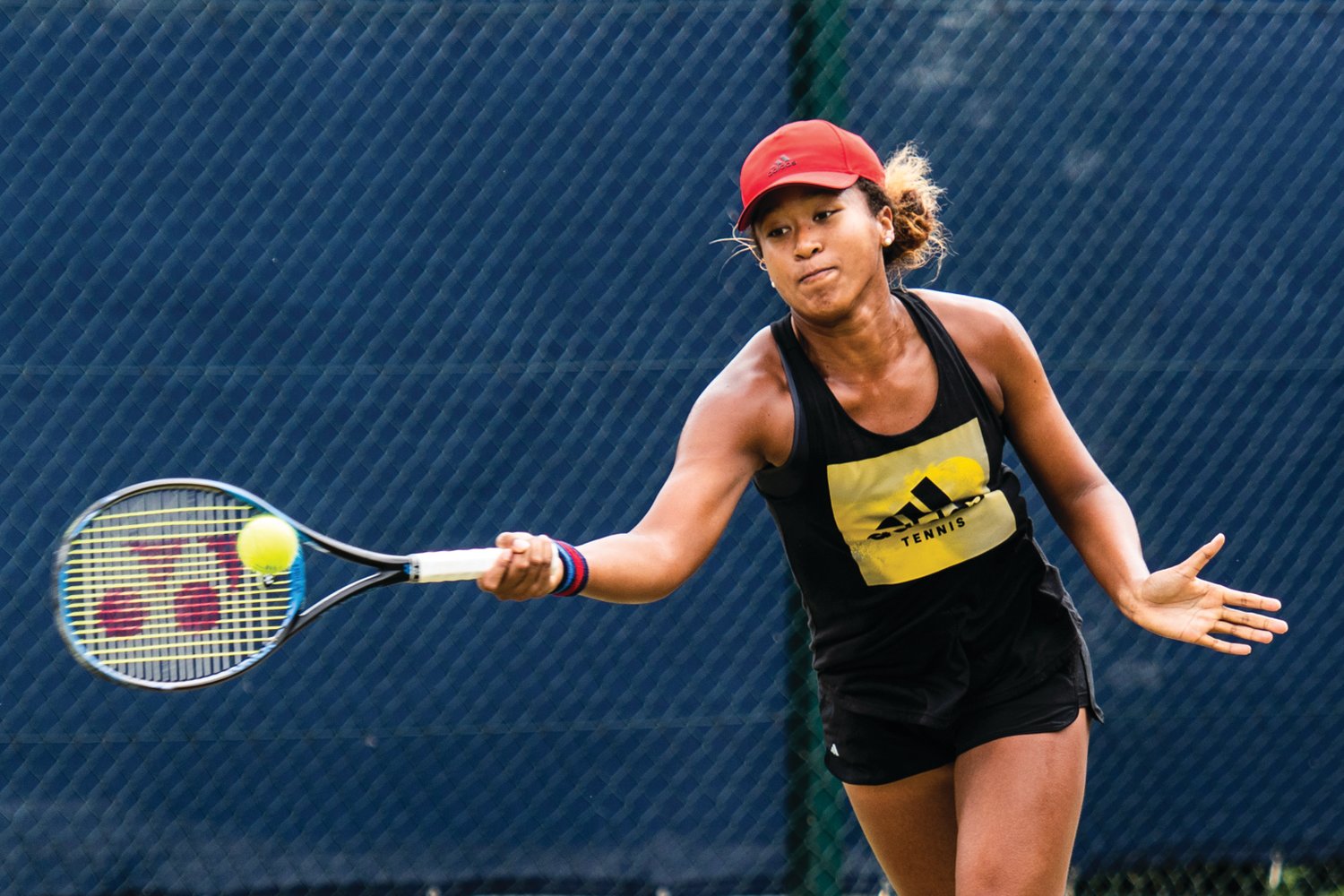Osaka sheds light on young athletes’ mental health
On May 31, 23-year-old tennis superstar and former Valley Stream resident, Naomi Osaka, withdrew from the French Open in light of mental health concerns. In a statement shared on Instagram, Osaka explained that she would be taking time away from the tennis court for self-care, revealing that she had suffered from depression and anxiety. Drawing criticism from the tennis world, she had also announced she would be refusing media interviews and forgoing press conferences.
“The truth is that I have suffered long bouts of depression since the US Open in 2018 and I have had a really hard time coping with that,” Osaka said in the Instagram post.
But while Osaka is a high-profile professional tennis player — and the highest paid female athlete in the world, according to Forbes — her story may resonate with many young aspiring athletes who face similar pressures as they strive to consistently perform at peak levels to obtain college scholarships.
Scott Stueber, Valley Stream Central High School District’s Director of Health, Physical Education and Athletics said he wasn’t surprised to hear about Osaka’s depression, noting that athletes are emerging at much younger ages while facing significant stress due to high expectations. Often, he said these young athletes spend a good portion of their youth working toward the single goal of obtaining a college athletic scholarship. Not only does research show that young athletes need physical rest, but the mental stress they face can also take a toll, he remarked.
“The drive to be successful if it’s not done in a healthy way can have a negative impact on mental health,” Stueber, who is a certified master athletic administrator, explained. “We spend a lot of time trying to create a positive educationally based athletic program that allows kids to do their best. . . but there is stress, there is pressure and they shouldn’t feel like every game is the end of the world.”
Stueber said his department focuses on providing the district’s athletes with the tools they need to deal with pressure, handle failure and work toward their goals in a healthy manner. He added that while students should enjoy the challenges of improving their performance and the process of competing, there are also many life lessons that can be learned through playing sports.
“A lot of people feel that there’s not enough time for kids to be kids,” Stueber said that he thinks the mental stress on high school athletes can come from many areas, including the investment parents might make in athletic travel programs or the pressure to obtain a college scholarship.
Mark Leinweaver, a major league baseball agent and founder of the educational campaign Perfect Playcement, who spoke at the district’s National Collegiate Athletic Association (NCAA) night in February agrees. He said that for many adolescent athletes who show promise, activities like pool parties, trips to the mall, and spending time with friends are replaced by showcases, travel programs, and constant training.
“All of that, one way or another . . . whether it’s in the present or you’re seeing it play out down the road . . . it’s all intertwined to create some of the anxiety,” Leinweaver said of the pressure placed on young athletes. “Whenever that . . . catches up to that individual, I do think there’s definitely a roadmap . . . over the course of a period of time that got them to that particular moment.”
Leinweaver said he believes that social media can have an impact on the mental health of high school athletes, as well as parental expectations. He added that he applauded Valley Stream Central’s efforts to put together a program that could facilitate a conversation about these issues and create a dialogue in the community.
“I encourage parents to have hard conversations with their kids. . . instead of talking about exclusively what’s going on on-field, how about let’s talk about what’s going on off the field,” Leinweaver said. “The ability to talk about what’s going on in a young man, a young woman, a student athlete, a son, a daughter’s life – that needs to be more shaping the conversations than just keeping it about athletics. And I think you will find these kids will open up.”

 49.0°,
Fair
49.0°,
Fair 




